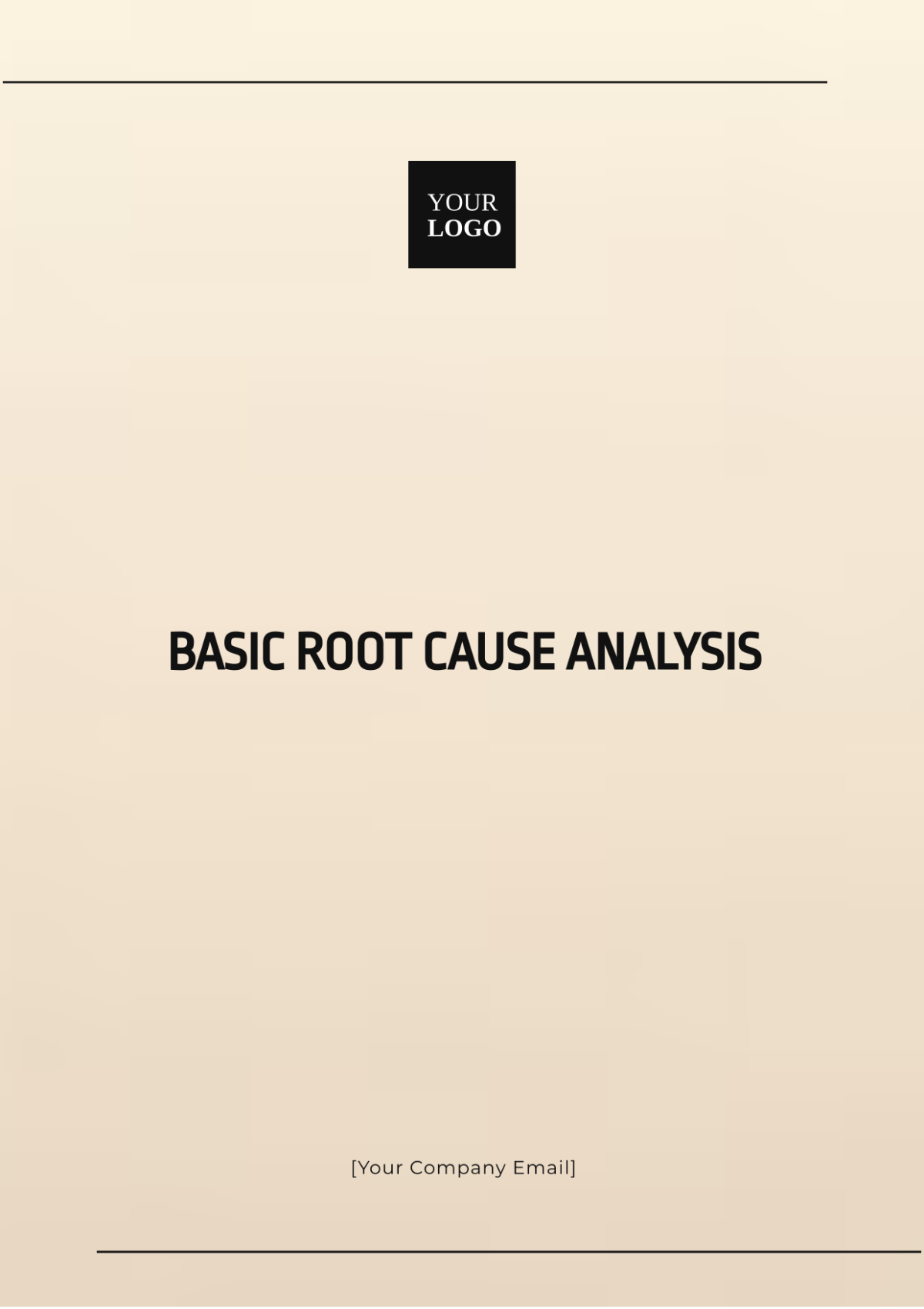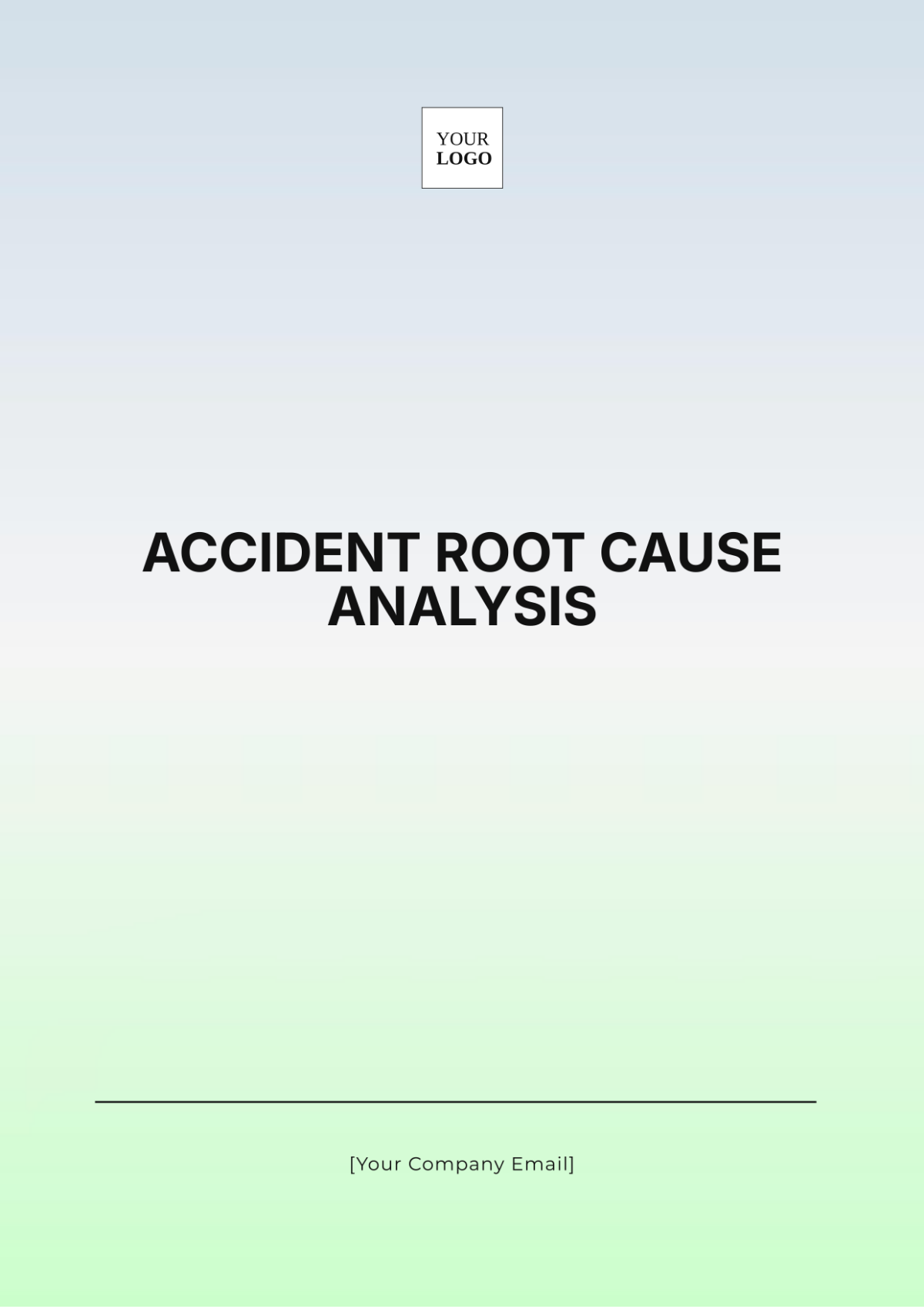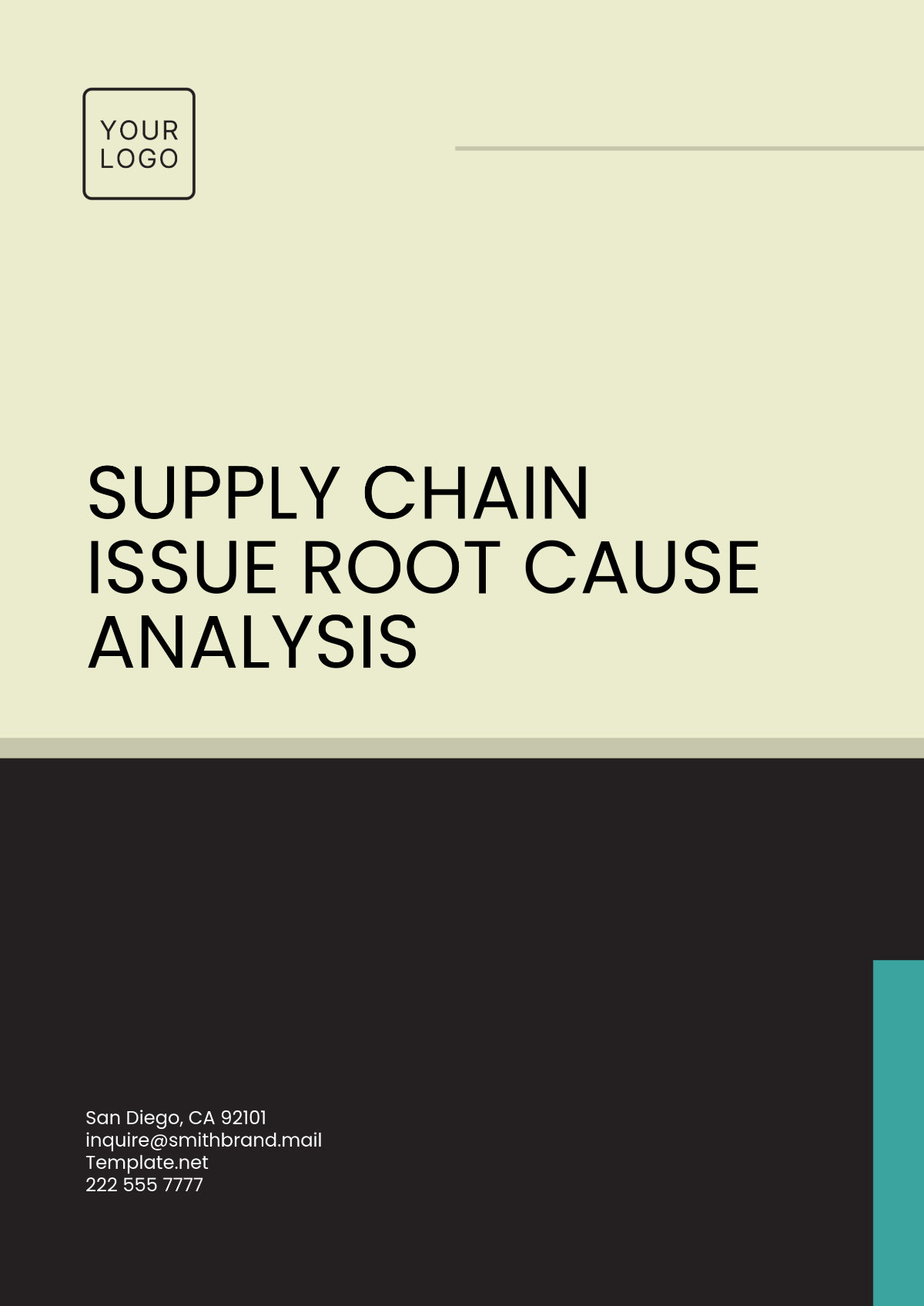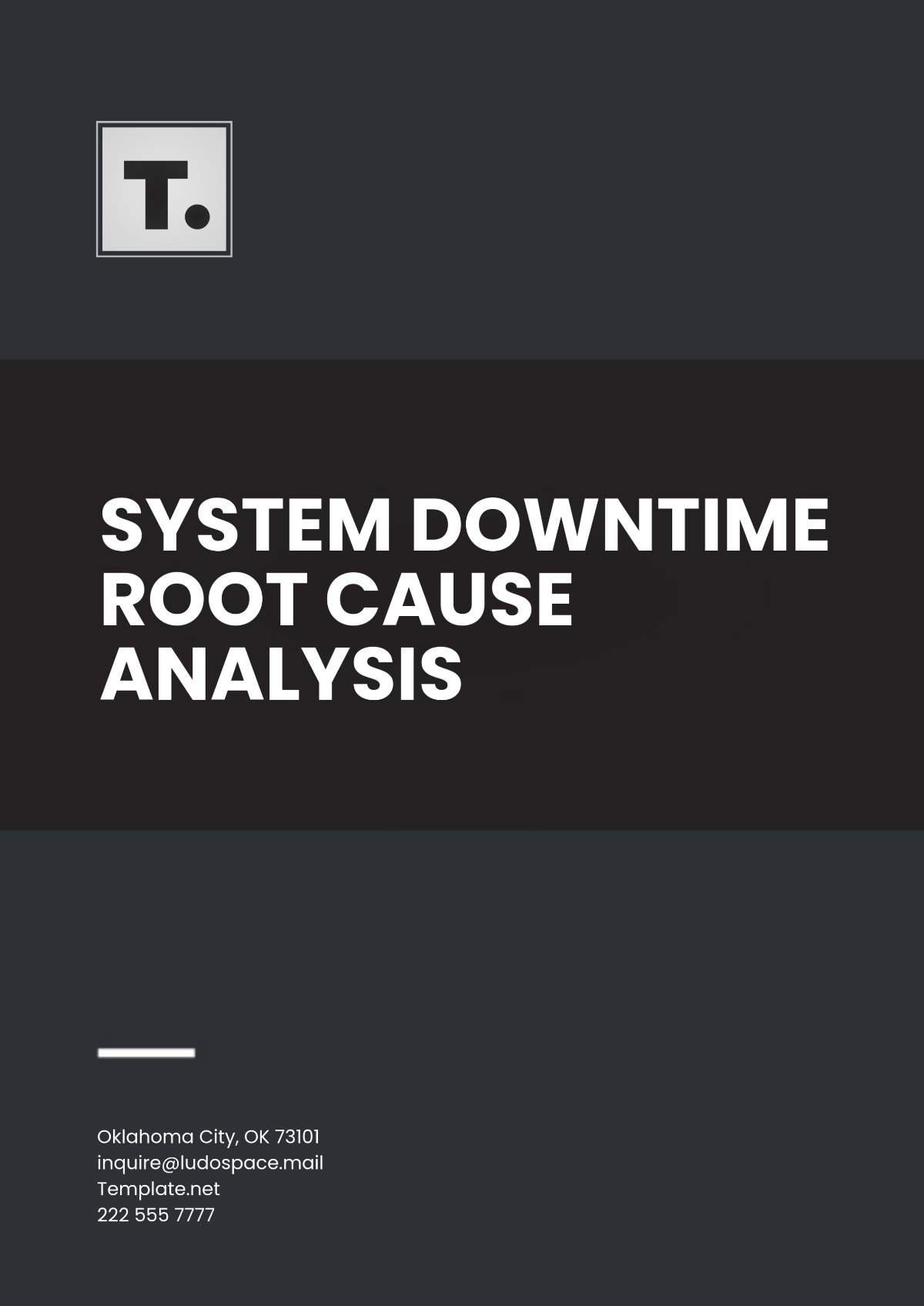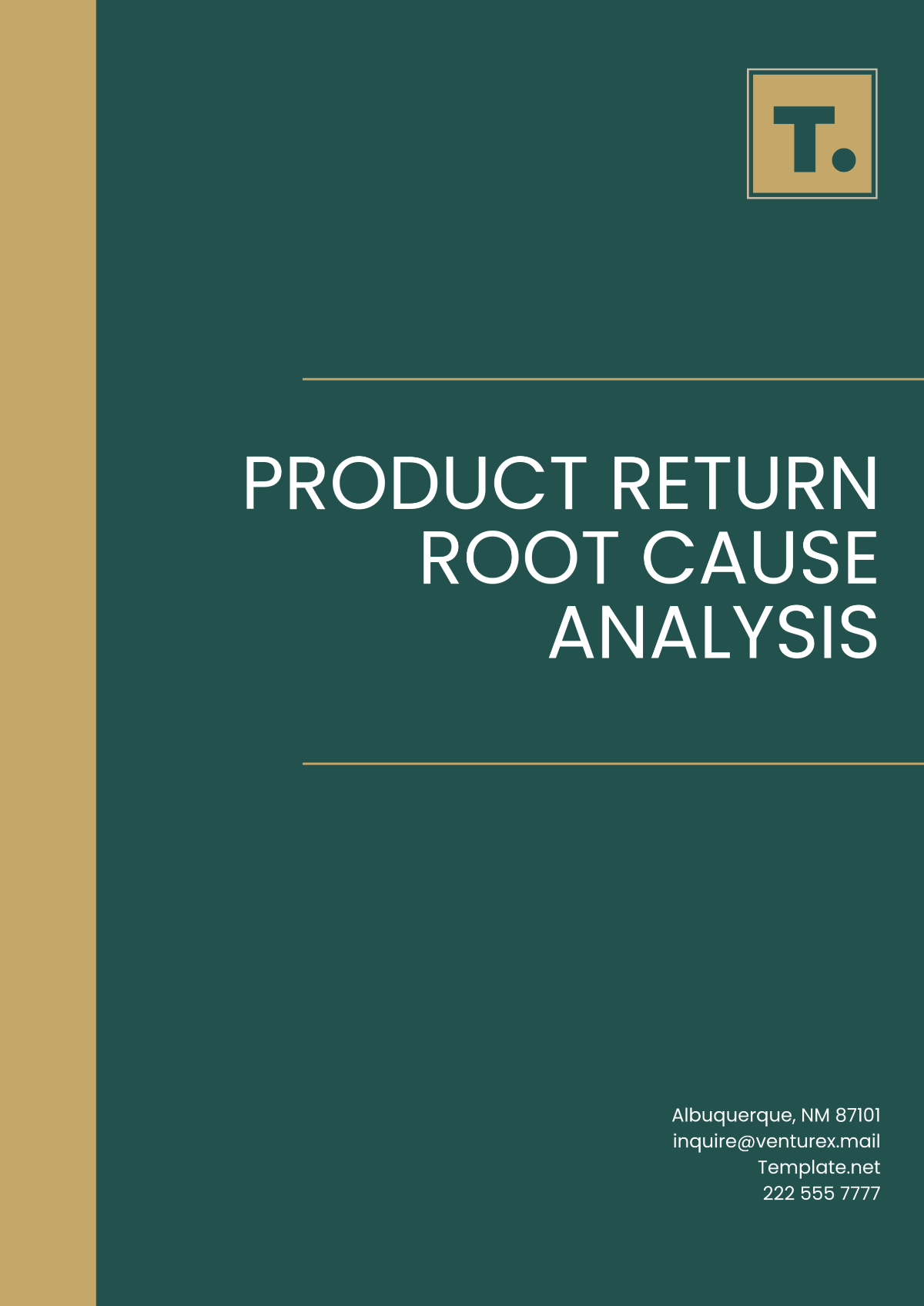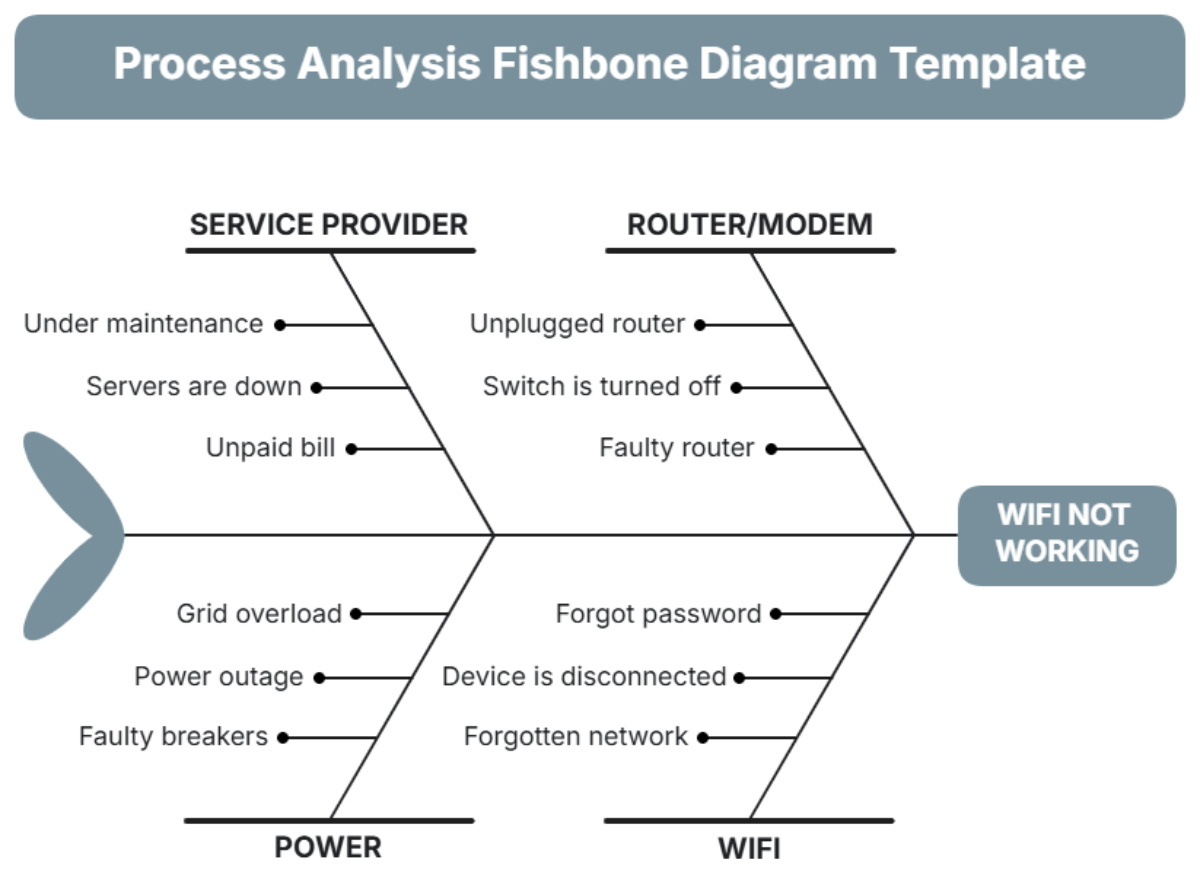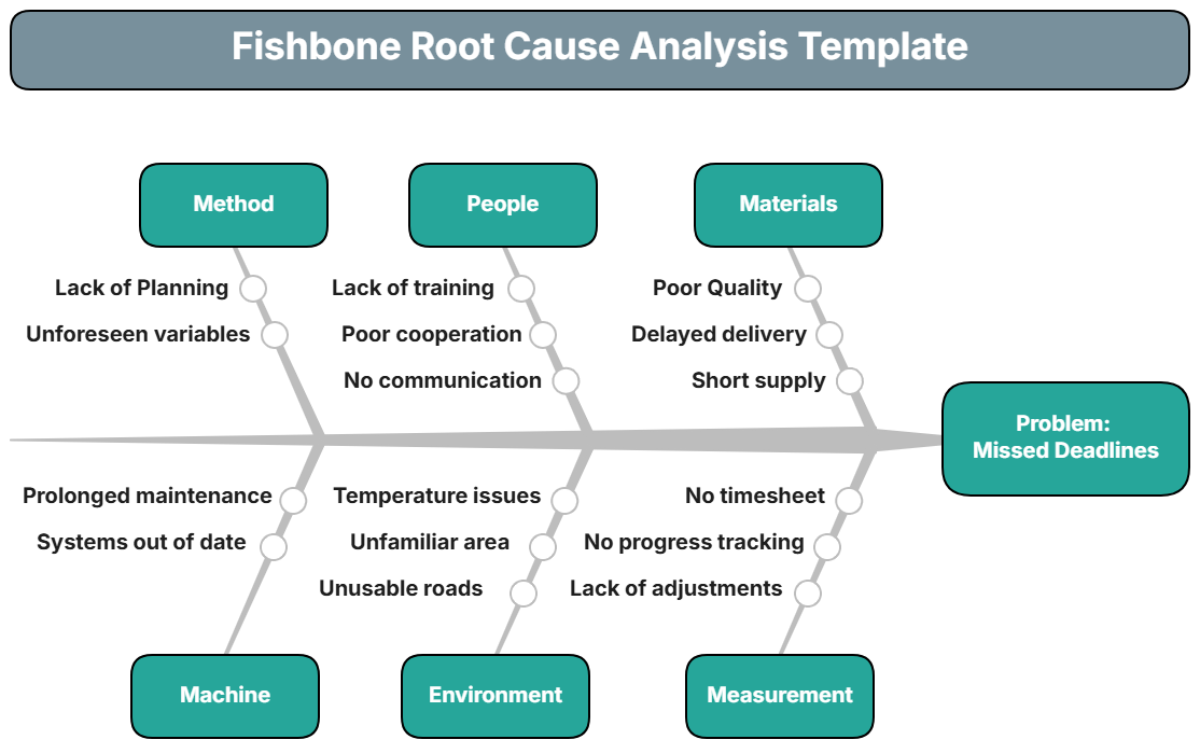OPERATIONAL ANALYSIS
I. Introduction
Scope
The purpose of this Operational Analysis is to comprehensively evaluate and analyze the current operational processes within [Your Company Name] across all departments, including production, logistics, supply chain management, customer service, and administrative functions. The scope encompasses a detailed examination of workflows, resource allocation, communication channels, technology integration, and overall operational efficiency. By delving into these key areas, the analysis aims to identify bottlenecks, inefficiencies, and areas of improvement to enhance the company's operational performance and strategic positioning.
Objectives
The primary objectives of this analysis are to:
Identify areas of improvement in operational processes to streamline workflows and reduce costs.
Evaluate the effectiveness of resource allocation and utilization across departments.
Assess the integration of technology and automation to optimize operational efficiency.
Enhance communication channels and cross-functional collaboration to improve overall coordination.
Identify opportunities for innovation and strategic initiatives to drive growth and competitive advantage.
II. Methodology
Tools and Data Sources
In conducting this analysis, a comprehensive set of tools and data sources will be employed to ensure accuracy, reliability, and depth of insights. These include:
Process Mapping: Utilizing process mapping software to visually represent and analyze workflow processes, identifying bottlenecks and areas for improvement.
Key Performance Indicators (KPIs): Utilizing KPIs such as cycle time, resource utilization, error rates, customer satisfaction scores, and employee productivity metrics to measure operational performance.
SWOT Analysis: Conduct a SWOT analysis to assess strengths, weaknesses, opportunities, and threats within the operational framework, providing a holistic view of internal and external factors.
Customer Feedback: Gathering feedback from customers through surveys, reviews, and direct interactions to understand customer expectations, pain points, and satisfaction levels, contributing to enhancing customer-centric operations.
III. Findings
Operational Strengths
Upon thorough analysis, several operational strengths were identified within [Your Company Name], including:
Efficient production processes with minimal downtime, contributing to timely delivery of products and services.
Strong supplier relationships and effective supply chain management practices ensure reliable inventory availability and procurement efficiency.
Robust customer service strategies lead to high customer satisfaction and retention rates.
Operational Weaknesses
However, the analysis also revealed certain operational weaknesses that require attention and improvement, such as:
Inefficient inventory management leads to occasional stockouts and overstock situations, impacting supply chain efficiency.
Lack of real-time data visibility across departments, hindering decision-making processes and overall operational agility.
Manual and time-consuming processes in certain operational areas, result in productivity bottlenecks and increased costs.
Opportunities
The analysis uncovered several opportunities for enhancing operational efficiency and effectiveness, including:
Implementing advanced inventory management systems with real-time tracking capabilities to optimize stock levels and reduce holding costs.
Integrating data analytics tools and dashboards to improve data visibility and facilitate data-driven decision-making across departments.
Investing in employee training and development programs focused on enhancing skills, cross-functional collaboration, and innovation.
Threats
While assessing the operational landscape, potential threats were also identified, such as:
Increasing competition in the market leads to pricing pressures and the need for differentiation through value-added services.
External factors such as regulatory changes or economic fluctuations impact supply chain operations and cost structures.
Technological disruptions or cybersecurity risks that may affect operational continuity and data security.
IV. Recommendations
Efficiency Improvements
Based on the findings, the following actionable recommendations are proposed to improve operational efficiency:
Implement an automated inventory management system with predictive analytics capabilities to optimize inventory levels and reduce carrying costs.
Introduce cross-functional teams and regular meetings to improve communication, collaboration, and decision-making efficiency.
Technology Integration
To leverage technology for operational enhancements, the following recommendations are suggested:
Invest in an integrated enterprise resource planning (ERP) system to streamline processes, data management, and reporting across departments.
Explore opportunities for robotic process automation (RPA) in repetitive and time-consuming tasks to improve efficiency and accuracy.
Training and Development
To enhance employee skills and performance, the following training and development initiatives are recommended:
Conduct regular training sessions on new technologies, best practices, and process improvements to upskill employees and foster innovation.
Establish mentorship programs and knowledge-sharing platforms to encourage continuous learning and cross-functional collaboration.
V. Implementation Plan: Steps and Timelines
A detailed implementation plan will be developed to execute the recommended strategies effectively. The plan will include the following steps and timelines:
Step | Timeline |
|---|---|
Conduct Inventory Management Audit | Month 1 |
Select and Implement ERP System | Months 2-3 |
Introduce Cross-Functional Teams | Months 4-5 |
Implement RPA Solutions | Months 6-7 |
Conduct Employee Training Programs | Ongoing, with quarterly sessions |
VI. Conclusion: Summary of Key Findings
In conclusion, the Operational Analysis has provided valuable insights into the current state of operations at [Your Company Name]. By leveraging the identified strengths, addressing weaknesses, capitalizing on opportunities, and mitigating threats, the company can achieve significant improvements in operational efficiency, cost-effectiveness, and overall performance. The implementation of the recommended strategies and initiatives outlined in this analysis will contribute to positioning [Your Company Name] as a competitive and agile organization in its industry.
For further inquiries or assistance, please contact [Your Name] at [Your Email] or [Your Company Name] at [Your Company Number]. Visit our website at [Your Company Website].

